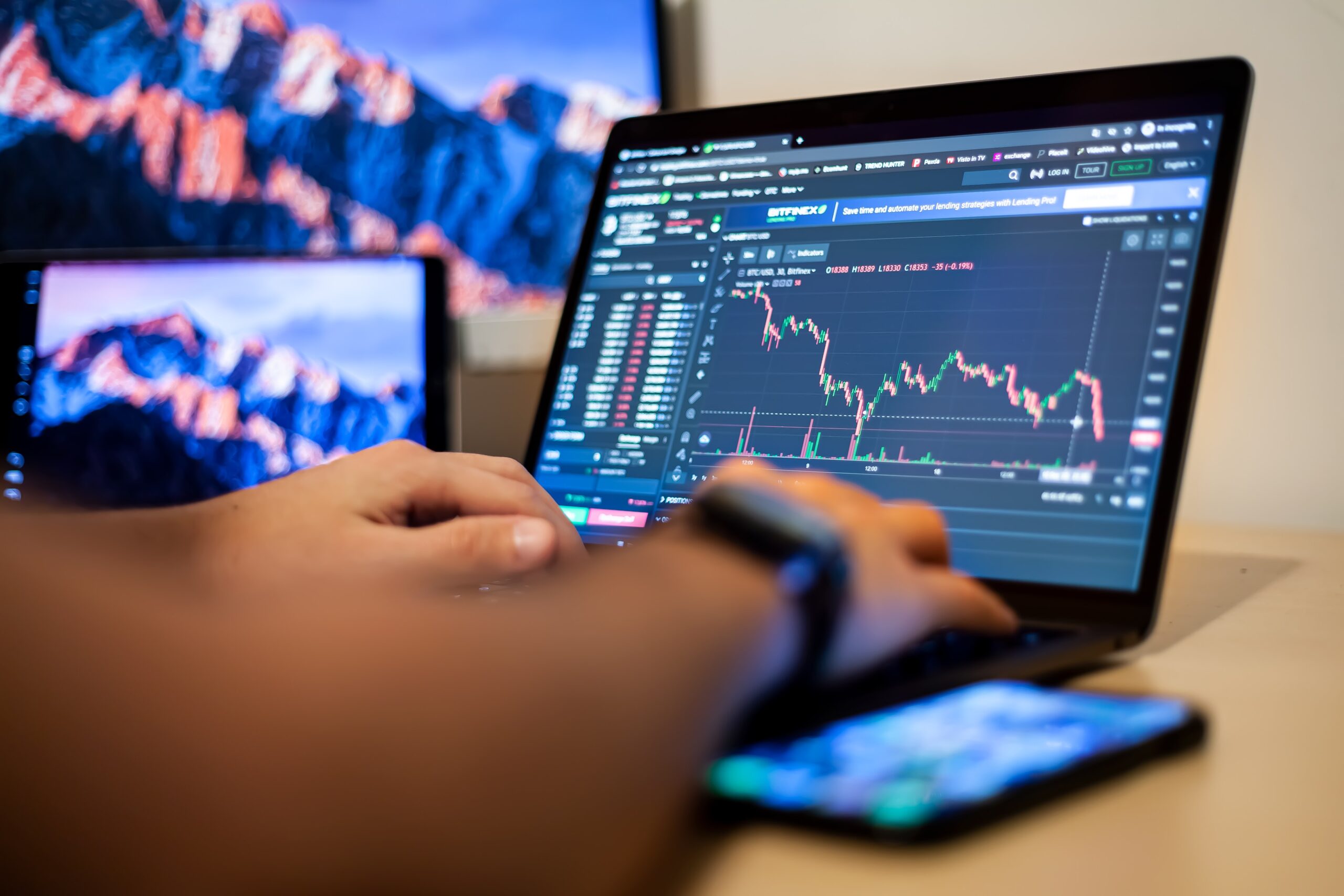Are you considering diving into the world of CFD forex trading? Before you jump in, it is crucial to understand the basics and equip yourself with essential tips and strategies to navigate this dynamic market effectively. In this comprehensive guide, we will walk you through everything you need to know to get started with confidence.
Understanding CFD Forex Trading
Contracts for Difference, or CFDs, are derivative products that allow traders to speculate on the price movements of various financial markets, including forex (foreign exchange). Unlike traditional forex trading, where you buy and sell currency pairs directly, CFD trading involves forming a contract with a broker to exchange the difference in the price of a currency pair between the opening and closing of the trade.
One of the primary differences between trading forex directly and using CFDs is the ability to trade on margin, which means you can open larger positions with a smaller initial investment. However, it is essential to understand that trading on margin amplifies both potential profits and losses, making risk management crucial in CFD forex trading.
Getting Started: Setting Up Your Trading Account
Selecting the right broker is the first step in your CFD forex trading journey. Look for a broker that is regulated by a reputable financial authority, offers competitive spreads and commissions, provides a user-friendly trading platform, and offers excellent customer support.
Once you have chosen a broker, the next step is to open a trading account. This typically involves completing an online application, providing identification documents for verification purposes, and funding your account with an initial deposit. Be sure to review the broker’s account types and choose one that best suits your trading style and preferences.
Leverage allows traders to control larger positions with a smaller amount of capital. However, it is important to use leverage judiciously and understand the associated risks. Margin requirements dictate the amount of capital that must be maintained in your trading account to keep your positions open. Familiarise yourself with your broker’s leverage and margin policies to avoid margin calls and potential liquidation of your positions.
Essential Tips for CFD Forex Trading
Before placing any trades, take the time to research and analyse the forex markets. Stay informed about geopolitical events, economic indicators, and central bank decisions that can impact currency prices. Utilise both technical and fundamental analysis to identify potential trading opportunities and monitor price dynamics through such charts as the one representing the latest CHF/JPY price fluctuations.
A well-defined trading plan is essential for success in CFD forex trading. Outline your trading goals, risk tolerance, entry and exit criteria, and position sizing rules. Stick to your plan and avoid making impulsive decisions based on emotions or market noise.
Risk management is paramount in CFD forex trading. Set stop-loss orders to limit your losses on each trade and adhere to proper position sizing to avoid overexposure. Consider using risk-reward ratios to ensure that potential profits outweigh potential losses on each trade.
Strategies for Success
Scalping involves making numerous small trades throughout the day to capitalise on minor price movements. Scalpers typically target tight spreads and quick profits, often holding positions for just a few minutes or seconds.
Day trading involves opening and closing positions within the same trading day. Day traders aim to profit from intraday price fluctuations by entering and exiting trades based on technical indicators and short-term market sentiment.
Swing trading focuses on capturing medium-term trends in the forex market. Swing traders typically hold positions for several days to weeks, aiming to ride the momentum of a trend until it shows signs of reversal.

Technical Analysis Tools for CFD Forex Trading
Technical analysis involves analysing historical price data and identifying patterns and trends to forecast future price movements. Common technical indicators include moving averages, relative strength index (RSI), moving average convergence divergence (MACD), and Bollinger Bands.
Integrate technical analysis tools into your trading strategy to identify entry and exit points, determine trend direction, and gauge market momentum. Combine multiple indicators and time limits to confirm signals and increase the probability of successful trades.
Fundamental Analysis in CFD Forex Trading
Key economic indicators, such as GDP growth, inflation rates, interest rates, and employment figures, can have a significant impact on currency prices. Learn how to interpret economic data releases and assess their implications for currency markets.
Geopolitical events, such as elections, trade negotiations, and geopolitical tensions, can cause volatility in currency markets. Stay informed about global developments and monitor their potential effects on currency pairs you are trading.
Combine fundamental analysis with technical analysis to form a comprehensive trading strategy. Use fundamental factors to identify long-term trends and themes, while technical indicators can help pinpoint precise entry and exit points within those trends.
Conclusion
Embarking on the journey of CFD forex trading can be both exciting and challenging. By understanding the fundamentals, developing a solid trading plan, and implementing effective risk management strategies, you can increase your chances of success in this dynamic market. Remember to stay disciplined, keep your emotions in check, and continually review and adapt your trading approach to stay ahead of the curve. With dedication, perseverance, and a commitment to lifelong learning, you can navigate the world of CFD forex trading with confidence and achieve your financial goals.

